By using this model of production and consumption, we can reduce pollution and look to the future with greater optimism. What is the EU currently doing to promote the circular economy?
The European Parliament defines the circular economy as: “a model of production and consumption that involves sharing, renting, reusing, repairing, restoring and reusing existing materials and products as much as possible to create added value”.
Why invest in the circular economy?
The early years of the 21st century were marked by the development of new technologies, which made it possible to reduce production and transportation costs. As a result, raw materials and water are extracted in large quantities. In many cases, the recovery rate is very low. Gases produced mainly by industry enter our atmosphere and are released into the oceans, affecting fauna, flora and ourselves.
And it is not only industry that causes these problems: mobility through fossil fuels, the indiscriminate use of natural resources, or wars, among other factors.
For all these reasons, more sustainable and environmentally friendly models are needed. The European Union is aware of this problem and the urgency of its solution. Thus, both the European Parliament and the European Commission have undertaken actions that are committed to recycling and the circular economy.
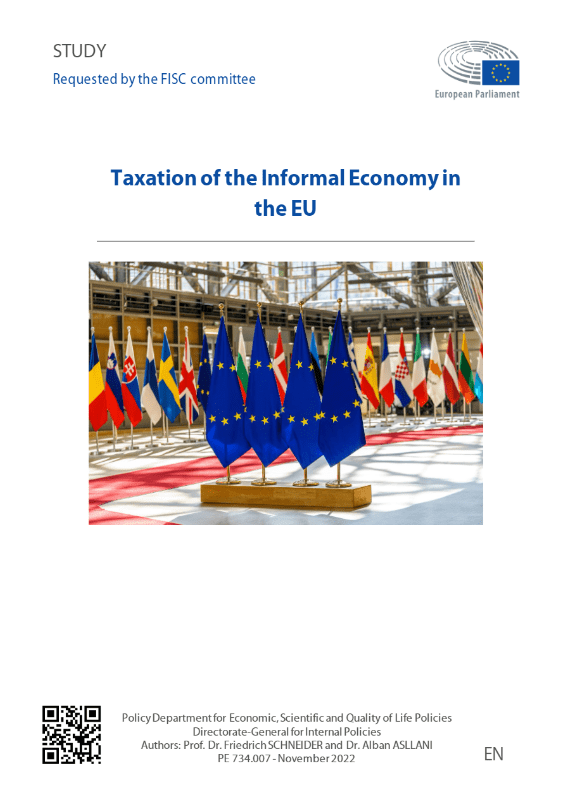
Taxation of the informal economy in the EU |
How is the EU working to create a circular economy?
One of the European Union’s main objectives is to achieve a climate-neutral continent by 2050, based on the European Green Pact and the Circular Economy Action Plan.
The European Green Pact fights against environmental degradation by modernizing the economy, being resource efficient and reducing net greenhouse gas emissions. All this while ensuring economic growth for families and businesses.
On the other hand, the Circular Economy Action Plan, part of the European Green Deal, strives for this same sustainable growth by reducing the pressure exerted on natural resources, creating new initiatives to increase the useful life of products and encouraging more responsible consumption.
In addition, the circular economy plays a key role in the 2030 Agenda, with objectives such as ensuring clean water and adequate sanitation, significantly increasing the production of affordable and non-polluting energy in cities, and guaranteeing responsible production and consumption.
How can we implement the circular economy in our daily lives?
Como puedes ver, fomentar la economía circular es muy sencillo, simplemente se necesita querer vivir en un mundo mejor y cumpliendo con el Pacto Verde Europeo y el Plan de Acción para la Economía Circular es posible.
Para ello, te dejamos algunos consejos: consumir de manera lógica, no utilizar los recursos de la naturaleza sin cabeza y reciclar siempre que sea posible. Algunos de los proyectos de la Unión Europea encaminados en esta dirección son, por ejemplo, #ReFashionNow, que da una segunda vida a tu ropa, o LIFE REFIBRE, que reutiliza las palas en desuso de los aerogeneradores.
As you can see, promoting the circular economy is very simple, you just need to want to live in a better world and complying with the European Green Pact and the Circular Economy Action Plan is possible.
To do this, we leave you some tips: consume logically, do not use nature’s resources headlessly and recycle whenever possible. Some of the European Union’s projects in this direction are, for example, #ReFashionNow, which gives a second life to your clothes, or LIFE REFIBRE, which reuses disused wind turbine blades.

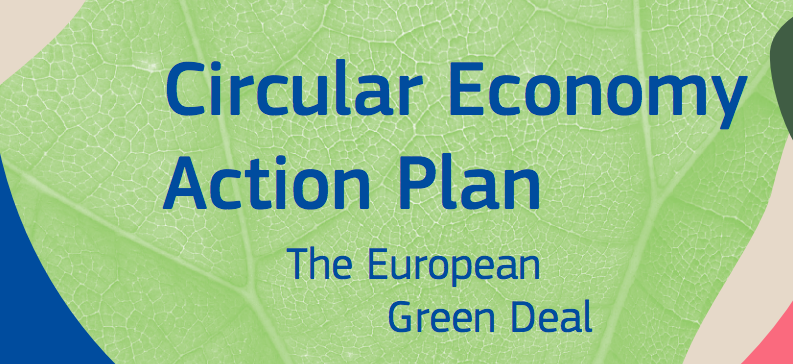
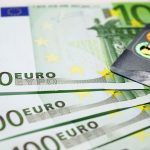

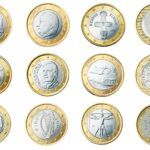
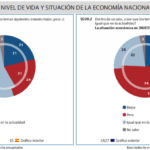

Leave a Reply